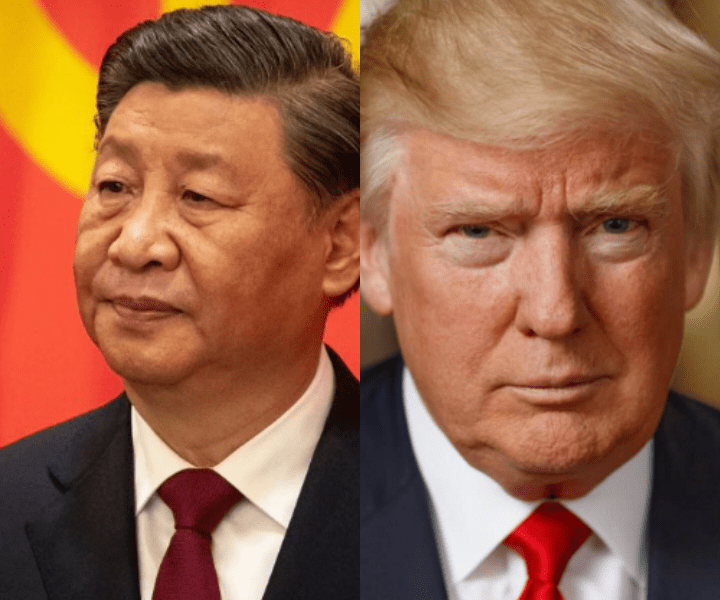China Imposes 15% Tariffs on U.S. Coal and LNG, Launches Google Antitrust Probe
In a swift response to the latest round of U.S. tariffs, China has announced retaliatory measures, including a 15% tariff on U.S. coal and liquefied natural gas (LNG). Additionally, China will impose a 10% tariff on U.S. crude oil and agricultural machinery. The move comes just moments after President Trump’s 10% tariffs on $200 billion worth of Chinese goods took effect.
The escalating trade war between the world’s two largest economies has now entered a new phase, with both sides digging in their heels. China’s latest tariffs target key U.S. energy exports, signaling a strategic hit to American industries already grappling with global market uncertainties.
China’s Retaliatory Tariffs: A Strategic Move
The 15% tariff on coal and LNG is particularly significant, as the U.S. has been pushing to expand its energy exports to China. In recent years, China has become one of the largest importers of U.S. LNG, making this tariff a direct blow to American energy companies. Similarly, the 10% duty on crude oil and agricultural machinery underscores China’s intent to pressure U.S. sectors that rely heavily on exports.
Analysts suggest that these measures are not just about retaliation but also about leveraging China’s position as a major global importer. By targeting energy and agricultural products, China is hitting industries that are politically sensitive in the U.S., particularly in states that supported President Trump in the 2016 election.
Google Under the Microscope
In a surprising twist, China also announced an antitrust investigation into Google. While the tech giant has long been absent from the Chinese market due to censorship and regulatory hurdles, this probe signals Beijing’s willingness to use regulatory measures as part of its broader trade strategy.
The investigation could have far-reaching implications for global tech companies operating in China. It also raises questions about whether this move is a direct response to the U.S.-China trade tensions or part of China’s ongoing efforts to tighten control over its digital economy.
The Broader Impact of the Trade War
The latest round of tariffs and counter-tariffs is expected to have a ripple effect across global markets. U.S. energy companies, already facing challenges from fluctuating oil prices and environmental regulations, may find it harder to compete in the Chinese market. Similarly, American farmers and manufacturers could feel the pinch as Chinese buyers look to other countries for agricultural and industrial products.
For China, the tariffs are a calculated risk. While they may temporarily disrupt trade flows, they also serve as a bargaining chip in ongoing negotiations with the U.S. However, the prolonged trade war could weigh on China’s economy, which is already showing signs of slowing growth.
What’s Next?
As the U.S. and China continue to exchange blows, the global economy braces for further uncertainty. Investors are closely watching for signs of de-escalation, but with both sides showing no willingness to back down, the trade war could drag on for months, if not years.
In the meantime, businesses on both sides of the Pacific are left to navigate the choppy waters of tariffs, regulatory scrutiny, and shifting market dynamics. The only certainty is that the stakes are higher than ever, and the world is watching.
Key Takeaways:
- China imposes 15% tariffs on U.S. coal and LNG, 10% on crude oil and agricultural machinery.
- The move is a direct response to President Trump’s latest tariffs on Chinese goods.
- China launches an antitrust investigation into Google, adding a tech dimension to the trade war.
- The escalating conflict could have long-term implications for global markets and U.S.-China relations.


























